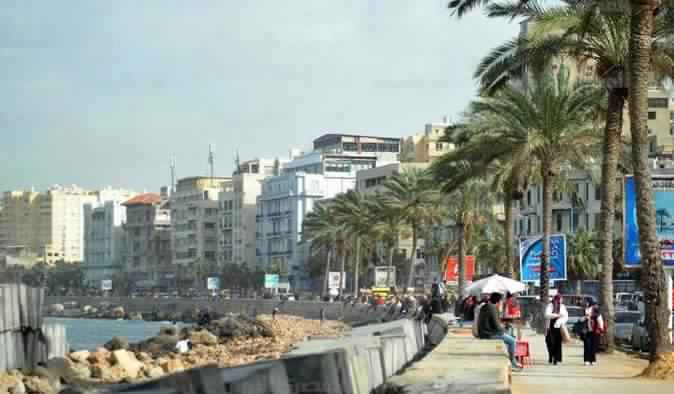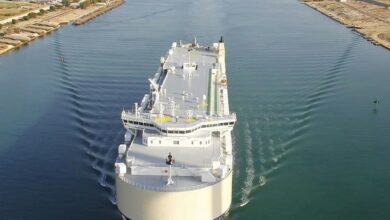A 300-meter crude oil slick discovered by ecologists last week has washed up on 20 km of the western Sinai shoreline north of Sharm el-Sheikh. Samples have been delivered to a Cairo laboratory where the oil will be analyzed to determine the parties responsible.
The slick had threatened the sensitive coral ecosystem of Ras Mohamed National Park’s marine reserve.
The head of the national park, Essam Faadala, said the oil began some 50 km from the border of the marine reserve and extended north as a line of scattered globules at the high tide mark. He had visited the area but not seen any bird or fish life affected.
As chance had it, the strip of coast had been cleaned of oil just weeks earlier by contractors for an oil company. They were cleaning up remnants of a 50-year-old oil spill.
South Sinai Governor Khaled Foda has established a special commission to investigate the incident and find those responsible, according to Youm7 newspaper. It speculated that a business located in the city of Tor — near where the oil slick was first discovered — was involved in the spill.
A major oil spill in the Red Sea would likely devastate a tourism industry already suffering from the post-revolution downturn in foreign visitors. But the attention given to oil spills can also distract from other threats to the marine environment, and create a misleading impression that — outside of an oil spill — the Red Sea is in good health.
The United Nations Environment Programme warned 15 years ago, in 1997, that the Red Sea marine environment was under threat from several sources, including dredge and fill operations in shallow areas, excavation of artificial lagoons, construction of huge marine structures, mining and quarrying, tourism development, sediments from coastal alteration activities damaging coral and mangroves, discharge of poorly treated or untreated sewage effluents, and fertilizer and pesticide residues discharged into the gulf.
An updated report would likely add to this list the threat of climate change. There are other reports of coral turning gray and dying, dolphin populations retreating further south, and floating colonies of plastic bags.
In early 2011, the Hurghada Environmental Protection and Conservation Association discovered an outbreak of crown-of-thorns starfish, a foreign invasive species that has devastated large sections of Australia’s Great Barrier Reef. In the same month, the Egyptian Navy detained three Egyptian fishing trawlers illegally fishing in the Red Sea.
Speaking generally about the issue of oil drilling in the Red Sea, Mahmoud Hanafy — the association’s chief scientist and a professor of marine biology at Suez Canal University — said the economic value of oil had to be balanced with the value of a healthy marine environment for both the tourism and fishing industries.
“It’s not a matter of increasing or decreasing the number of rigs, it’s a matter of how many oil pollution accidents happen. It’s a question of whether there is an emergency plan to control the spill. The challenge is how to reach this balance between using oil resources and preserving natural resources,” Hanafy said.
Egypt produces about 700,000 barrels a day, according to the June 2011 BP Statistical Review of World Energy reports. At today’s price of US$107 a barrel, that equates to about US$75 million a day.
In June 2010, the Hurghada association accused the Egyptian government of trying to cover up the extent and damage of an oil spill off the popular Red Sea diving resort of Hurghada. Oil washed ashore for several days. The environmental organization hotly disputed the ministry’s estimate that only 30 barrels of oil were leaked.
About 50 percent of Egypt’s oil production comes from the Gulf of Suez, where there are 188 rigs operating, the Egyptian oil ministry says. Nine countries border the Red Sea: Egypt, Israel and Jordan to the north; Saudi Arabia and Yemen to the east; Djibouti, Eritrea and Somalia to the south; and Sudan to the west.




